Key Takeaways
- Leverage local brokers and investor networks to discover off-market industrial properties before they become widely known.
- Utilize cutting-edge online platforms and real-time alerts to stay ahead on new leads in your target markets.
- Directly contact property owners and monitor market analytics for early identification of potential deals.
Accelerate Your Search with Smart Networking and Data-Driven Tools
If you want to find off-market industrial properties before your competition in the U.S., start by tapping into local brokers and networking with savvy investors—they often know about hidden gems before anyone else.
Use smart online platforms like Reonomy and set up alerts for quick leads.
Reach out directly to owners you identify in public records, and keep a close watch on market trends using advanced analytics.
These strategies help you spot deals early, and you’re just getting started with more powerful techniques ahead.
Tapping Local Broker and Agent Networks
One of the best ways to uncover off-market industrial properties is by tapping into the deep local knowledge of brokers and agents.
These experts track hidden inventory in real time, often spotting properties before they’re ever publicly listed.
By focusing on industrial zoning, brokers can identify buildings suited to your needs and steer you away from costly surprises. They’ll often know about upcoming lease renewals, giving you a head start on owners who may consider selling instead of renewing.
Because off-market properties are not publicly advertised for sale, much of this valuable information is only accessible through the insider connections that brokers and agents maintain in their networks.
You can leverage their access to proprietary data, like CommercialEdge or Reonomy, for inside information on pre-foreclosure situations or tax liens.
Working closely with local broker networks is especially valuable as market monitoring strategies can help you stay current with vacancy rates and demand shifts, ensuring you target regions with strong growth potential.
When you tap local agent networks, you’ll gain real insights into each market’s strengths, which is key to finding prime off-market opportunities before your competition does.
Harnessing the Power of Real Estate Investor Connections
While local brokers help you spot deals before they hit the public eye, connecting with real estate investors can open an even wider door to off-market industrial properties.
When you join investor groups focused on industrial zoning, you become part of a network enthusiastic to share “haves and wants.”
At monthly meetups or online forums, you’ll present your criteria and receive direct leads from peers.
These alliances often reveal properties nobody else sees — private equity partners may even invite you to joint ventures or tip you off about assets exiting portfolios before public listings.
Active networking lets you evaluate property valuation and spot undervalued sites.
By staying visible and clear about your industrial focus, you’ll find opportunities and partners who share your vision for growth.
Because off-market properties are less visible to the general market, connecting with the right investor circles gives you a decisive edge in finding exclusive deals before they generate widespread competition.
Utilizing Specialized Online Platforms
Even though the industrial real estate world feels big and competitive, specialized online platforms can give you an edge and make your search a lot easier.
If you use platforms like Reonomy, LoopNet, and CREXI, you’ll gain access to millions of commercial listings, including hidden off-market industrial properties across the U.S.
You can use advanced filters—like geographic regions, property types, or building details—to find exactly what you need. These platforms also offer virtual tours, letting you view industrial spaces without even leaving your home.
Dig into market data, neighborhood analysis, and investment analysis tools to understand each property’s true potential. Platforms like Reonomy specialize in off-market data, reducing competition among investors and giving you a better shot at uncovering unique opportunities.
Set up new listing alerts, so you don’t miss out.
Implementing Direct-to-Owner Outreach Strategies
Start by identifying the right industrial property owners—dig into local records or check out business directories to build your list.
As you reach out, make your messages personal and relevant, showing owners that you truly get their needs and the specifics of your local market.
And don’t forget to leverage technology to stay organized; tracking your outreach will help you make every connection count.
Zoning status must be specified to confirm support for the owner’s industrial operation, so include a check on property zoning early in your research.
Now that you have a solid outreach foundation, let’s explore how to craft compelling value propositions that resonate with property owners.
Identifying Target Property Owners
Sometimes, the best industrial property deals never hit the public market, hiding in plain sight with their true owners just beyond reach.
If you want to find these gems, start by digging into property tax records and industrial zoning maps at your local county assessor or recorder’s office.
These public records tell you who owns which parcels and reveal details about the asset and its current use.
Use commercial real estate databases, like CommercialEdge, to go deeper—these platforms can show LLC owners, corporate addresses, and even contact names.
Comprehensive asset portfolios can also be found on platforms like CommercialEdge, where you can search by owner name and instantly view a complete list of properties they control, streamlining your outreach and research process.
Supplement your research with zoning overlays on GIS mapping tools to pinpoint underutilized or vacant industrial properties.
Your goal is simple: Identify and verify current owners, so you’re ready to reach out before anyone else does.
Crafting Personalized Outreach Messages
After zeroing in on the right property owners, making meaningful contact becomes your next advantage.
Messaging personalization starts with owner segmentation: tailor each message to fit owners’ unique profiles, whether they’re family trusts or corporate entities.
Use insights from tax records, zoning changes, and local trends to show that you’ve done your homework. Keep your communications short (under 150 words) and focused on real value, like boosting occupancy or lowering property expenses.
By partnering with commercial agents who utilize extensive networks and strategic marketing, your outreach efforts can benefit from broader exposure and attract higher-quality prospects.
Want to see what this looks like in action?
The table below illustrates how owner segmentation leads to targeted messaging:
| Owner Type | Key Motivation | Personalization Tip |
|---|---|---|
| Individual Investor | Cash flow | “Unlock steady income—here’s how…” |
| Family Trust | Wealth preservation | “Protect long-term value for the next gen.” |
| Corporate Entity | Asset optimization | “Improve portfolio returns through upgrades.” |
| Recent Buyer | Growth potential | “Capitalize on your recent acquisition…” |
| Long-Term Holder | Exit planning | “Prepare for a profitable transition.” |
Leveraging Technology for Contact
How can technology turn your search for off-market industrial properties into a competitive edge?
By leveraging digital marketing and demographic targeting tools, you’ll reach the right property owners faster, with greater precision.
Technology now lets you segment databases, automate emails, and analyze public records, putting valuable contacts right at your fingertips. CRM software ensures consistent follow-ups, while targeted online ads help you stay visible to potential sellers.
Personalized outreach is even more effective when combined with a sequential multi-channel strategy that builds trust through organized touchpoints at each communication stage.
Let’s break down key strategies:
- Use digital marketing platforms for targeted ads based on owner demographics.
- Automate email outreach with personalized content through email marketing platforms.
- Build and segment lists from public records for direct, focused contact.
- Analyze outreach with data analytics tools to adjust your strategy for maximum impact.
That’s how you stay ahead in the U.S. market.
Scanning Government Records and Property Databases
When you set your sights on uncovering off-market industrial properties, tapping into government records and powerful property databases can open doors you never knew existed.
You can explore the General Services Administration (GSA) site for surplus real estate and federal or state websites for seized or surplus properties, all rich with hidden potential.
You can also find government-controlled real estate listings that include opportunities for the purchase or lease of land and buildings that have been made available to the public.
Making public records requests lets you dig into historical property ownership and property assessment data—ideal for understanding past transactions and financial stability.
Major commercial real estate platforms like CoStar, LoopNet, and Reonomy help you research ownership, liens, and prior loans, giving you a clearer picture of a property’s background.
Zoning regulation analysis through tools like CoStar arms you with essential knowledge for figuring out a property’s legal use and future opportunities.
Assessing Location and Infrastructure Advantages
When you’re looking at an off-market industrial property, start by thinking about where it’s located.
Is it close to major highways, railroads, or ports?
Good access can make shipping quicker and simpler, which is a big plus.
Also, look at how easily trucks or goods can actually get to the property, and whether there are other businesses nearby that might create demand for industrial space.
By zeroing in on these factors, you’ll be better positioned to spot properties with real tenant appeal.
Next, let’s move on to evaluating the physical condition and potential of the property itself.
Proximity to Logistics Hubs
Ever wondered why some industrial properties stand out while others struggle to attract top tenants?
It often comes down to proximity to logistics hubs. When you invest in sites near major freight corridors and warehouse zoning districts, you tap into faster growth and better tenant demand.
Properties close to intermodal logistics centers (ILCs) and ports enjoy lower development costs, thanks to smaller land needs and direct trade access. Modern facilities near these hubs see premium rents and higher value appreciation.
Sites positioned within centralized logistics supply hubs typically benefit from consolidated transportation infrastructure, which can reduce operational costs and attract more tenants.
To spot the best opportunities, focus on:
- Sites within 5-10 miles of intermodal yards
- State highway-adjacent parcels for premium rent differentials
- Older warehouses positioned for upgrades near established hubs
- Properties benefiting from upcoming infrastructure grants
Target these areas for resilient, high-demand investments.
Transportation Network Accessibility
Although industrial real estate can seem like a numbers game, true success often starts with understanding how people and products move.
As you search for off-market properties, you should evaluate how well each site connects to transportation corridors.
Look for strong road network density—use mapping tools to target areas with a connectivity index above 1.4, and avoid cul-de-sac-heavy neighborhoods that limit route choices.
Many plans lack specificity about what “accessibility” really means, so you’ll need to go beyond buzzwords and apply practical, measurable criteria when comparing locations.
Measure freight bottlenecks that could slow your shipments, like weight-restricted bridges or traffic-clogged crossings.
Think about peak versus off-peak travel times and assess if public transit lines support last-mile freight needs.
Dig into planned infrastructure upgrades or smart city improvements that could boost long-term access.
If you master these details, you’ll spot hidden gems and outpace your competition every time.
Local Industry Concentrations
Spotting off-market industrial winners takes more than just finding the right intersection—it’s about knowing how local industry clusters shape opportunities.
You need to study U.S. cities where specific industries naturally grow together.
Review municipal economic reports and trade association data to pinpoint these powerful pockets. In addition, understanding how proximity to transportation hubs directly impacts logistics efficiency and operating costs should inform your site assessment.
Always analyze local zoning rules to ensure the land supports these industry clusters and isn’t held back by outdated restrictions.
Examine available infrastructure—think utilities, broadband, and transportation, which often impact the success of clustered businesses.
Finally, check for skilled labor; workers are the backbone of any industry. Here are four key steps:
- Analyze zoning maps for industrial corridors.
- Assess infrastructure for heavy industry needs.
- Map supplier locations within 50 miles.
- Cross-reference workforce and vocational training data.
Interpreting Market Trends for Strategic Targeting
Why does understanding market trends matter for your industrial real estate search? When you grasp what’s driving market stability and pricing fluctuations, you gain a real edge.
For example, recent U.S. data shows mid-sized facilities leading leasing activity, while overall absorption and vacancies shift with new supply deliveries.
Shrinking pipeline figures—reflecting a 29.9% year-over-year drop in new industrial projects—suggest that future competition for prime off-market properties may intensify as less new supply comes online.
If you see vacancy rates climbing in some submarkets, that can mean hidden off-market value—places where tenants have left, but the neighborhood’s long-term prospects are strong.
You’ll also spot opportunities in areas with overbuilt supply, where owners might offer properties quietly or with incentives.
E-commerce and reshoring keep tenant demand high, pushing pricing fluctuations in logistics hubs.
Read these patterns, and you can move with confidence, knowing you’re targeting the right markets before your competition ever notices.
Leveraging Advanced Tools and Technology
When you tap into tools like GIS mapping, suddenly you can see zoning and property trends play out across U.S. industrial corridors—it’s like having a hidden map to spot new opportunities.
Pair that with online real estate databases, and you’re able to uncover owner details and find fresh leads before they even hit the public radar.
And if you layer in predictive analytics? Now you’re focusing your energy on properties that are actually likely to sell, giving you a major off-market advantage.
Adding data-driven strategies to your process not only helps improve your investment outcomes but also mitigates risks when targeting industrial assets.
Utilizing GIS Mapping Tools
When you explore the search for off-market industrial properties, advanced GIS mapping tools open up a new world of possibilities.
These powerful platforms turn raw location data into actionable Market insights, making your hunt for properties much smarter.
You’ll spot trends before others, assess neighborhoods for potential, and map out areas using vital details like infrastructure and competitor presence.
These apps are designed to work on mobile devices, so you can conveniently access critical GIS data whether in the office or out in the field.
By layering demographic, economic, and zoning information, GIS mapping helps you find strategic opportunities others might miss.
Here’s how you can leverage GIS mapping for your search:
- Analyze real-time market trends to identify growth areas and shifts.
- Assess proximity to key infrastructure—think highways, ports, and utilities.
- Map zoning regulations and land-use restrictions impacting industrial land.
- Integrate aerial imagery to inspect property conditions and surroundings.
With GIS, you’ll be steps ahead.
Exploring Online Real Estate Databases
While GIS mapping tools help you visualize where opportunities might be hiding, online real estate databases give you a direct route to real-time industrial property details.
You can dig into platforms like CoStar, LoopNet, or Yardi Matrix to filter options, research historical valuations, or check zoning regulations—all from your device.
These databases offer up-to-date information, so you see what’s actually available, instead of chasing old leads.
Advanced filters help you pinpoint sites by size, location, zoning, or pricing history. Because many of these databases provide sophisticated analytical tools, they allow you to identify trends and evaluate potential deals with greater confidence.
Tools provided by these services generate alerts for new opportunities and grant access to in-depth reports. Search smarter, not harder.
Tap into public records and free resources, too.
When you’re proactive and informed, you’ll stay ahead of the competition in today’s tight industrial property market.
Adopting Predictive Analytics Platforms
Even as traditional search methods help you spot industrial properties, predictive analytics platforms pull you far ahead of the pack.
Imagine letting advanced AI do the heavy lifting—scanning tax records, zoning changes, and even utility usage to spot prime opportunities before anyone else.
Unlike limited manual approaches, predictive platforms apply historical and behavioral data to determine which owners are most likely to sell, generating higher accuracy than surface-level searches.
With tools like Reonomy and LightBox, you’re not guessing; you’re using hard data and geospatial modeling to map out hidden gems in rapidly growing industrial corridors.
These systems analyze more than you ever could manually, giving you a strong edge.
Here’s how predictive analytics platforms can change your search:
- Prioritize high-potential sites with AI-driven analysis.
- Use geospatial modeling to identify future industrial hotspots.
- Automate owner outreach lists using predictive lead scoring.
- Flag at-risk or underused properties before others notice.
Building Relationships With Influential Stakeholders
Have you ever wondered what truly opens the door to off-market industrial properties in the U.S.?
Building relationships with influential stakeholders is the secret. You’ll quickly see that community engagement and stakeholder satisfaction are essential.
When you connect with investors, developers, banks, and even local authorities, you gain valuable insights and early access to hidden opportunities.
Participate in industry events, reach out to property managers, or consult with regulatory agencies—each relationship brings you closer to your goal. Collaboration among stakeholders enhances community benefits and reduces risks.
Regular, open communication builds trust and keeps everyone informed. By actively listening to their needs and tailoring your approach, you build respect and loyalty.
Applying Data Analytics for Opportunity Detection
Once you start working with the right people, the next step is to let data show you new possibilities in the search for off-market industrial properties.
Data analytics gives you a real edge by combining market segmentation and property valuation with deep, actionable insights.
Today, advanced tools let you collect and integrate data from IoT devices, historical transactions, and tenant behaviors across the U.S.
Unlocking insights from data enhances your investment potential and deepens your understanding of where hidden opportunities lie.
You can spot opportunities before others even know they exist.
To move ahead, try focusing on these four powerful uses of data analytics:
- Use predictive modeling to spot emerging off-market trends.
- Analyze tenant and market data to refine your market segmentation.
- Leverage deep learning to evaluate property valuation and conditions.
- Integrate multiple data sources for a more complete opportunity picture.
Assessment
Wrapping Up: Get Ahead in the Off-Market Search
Uncovering off-market industrial properties in the U.S. isn’t always easy, but you’ve got all the tools to succeed.
Whether you’re using cutting-edge software, nurturing your network, or reaching out directly to owners, every step gets you closer to those hidden deals your competition wishes they could find.
Stay curious and persistent—your determination is your biggest asset.
Ready to get started?
Tap into your resources, pick up the phone, and begin building those crucial relationships now—because the next great industrial property can be yours if you take action today.























